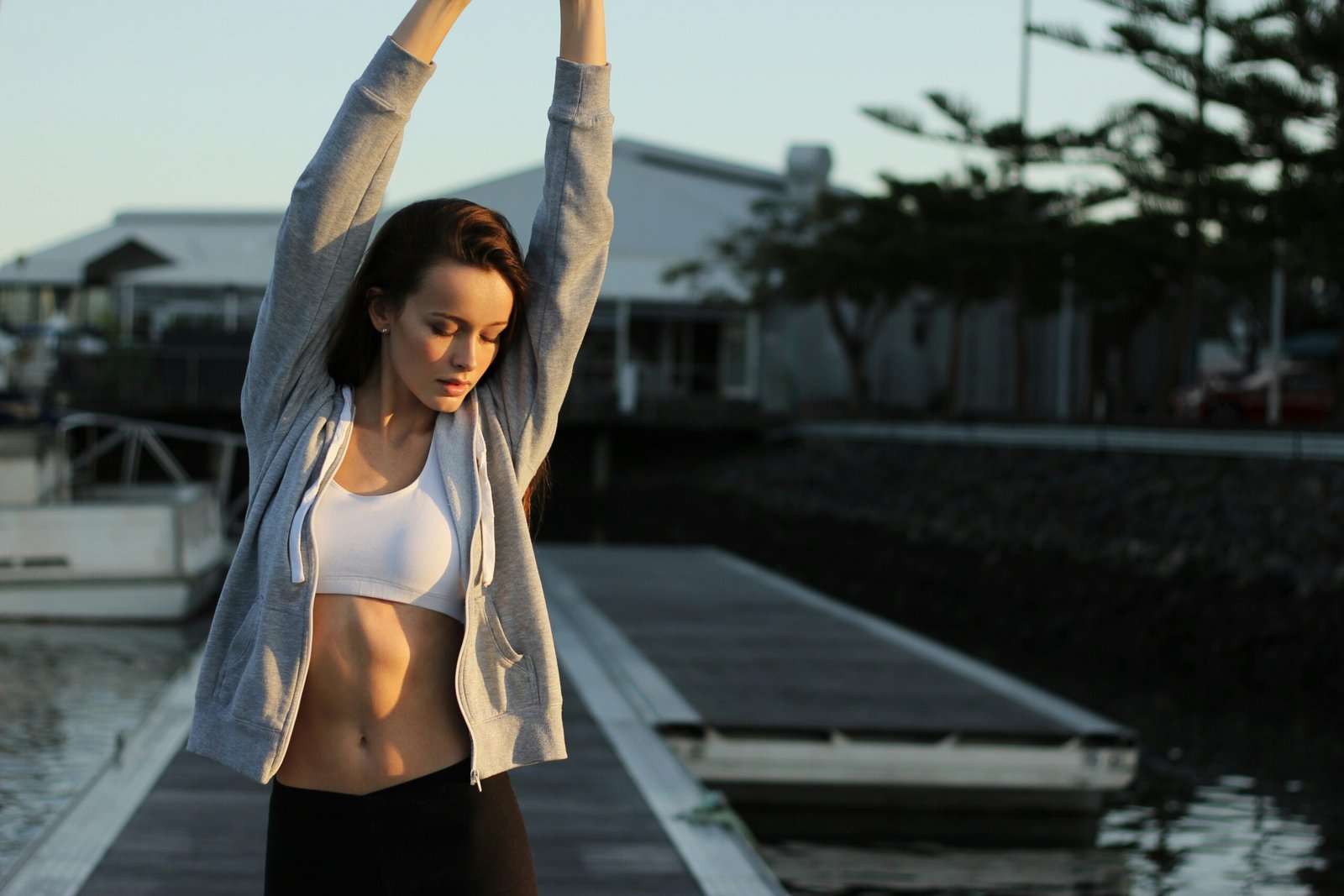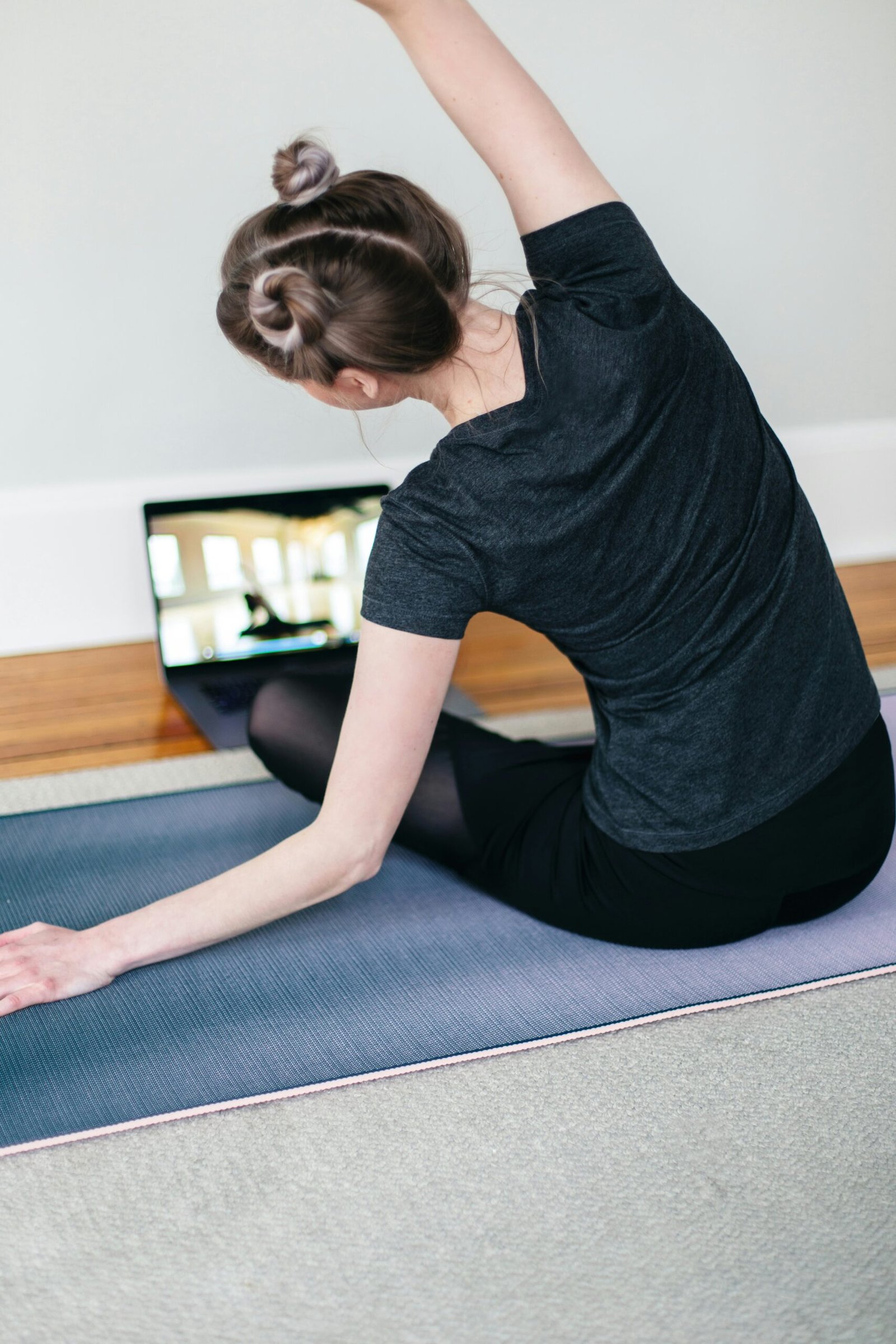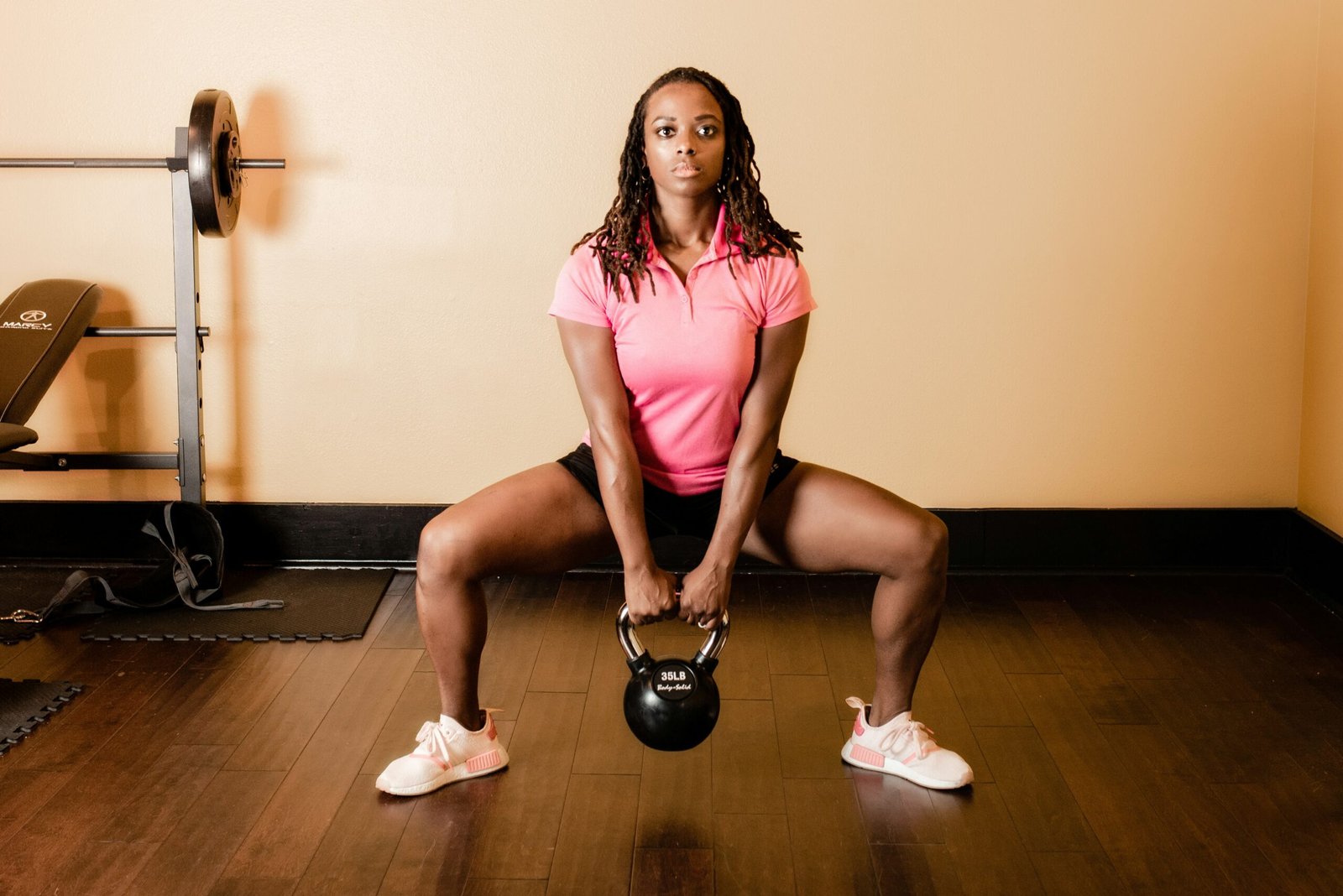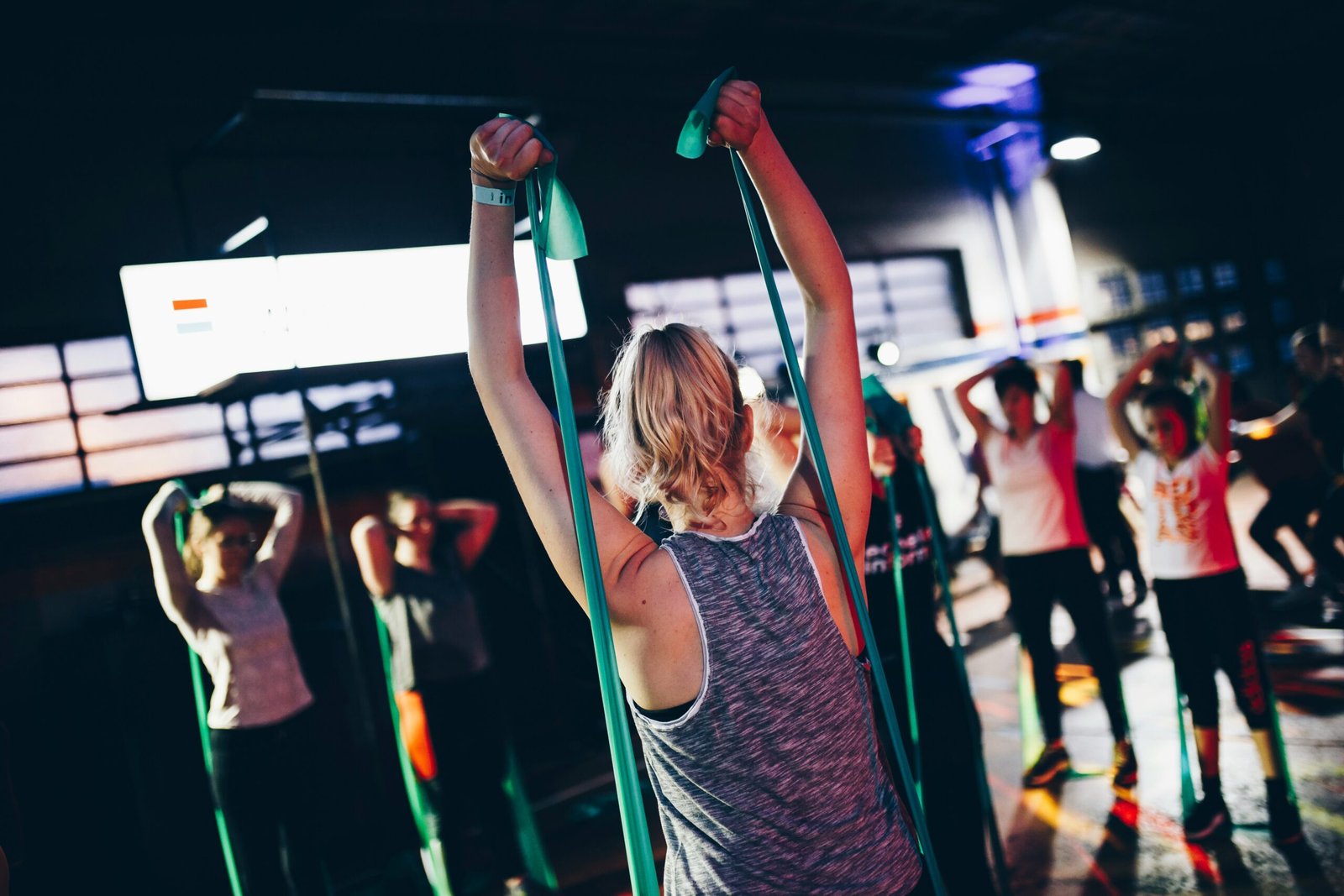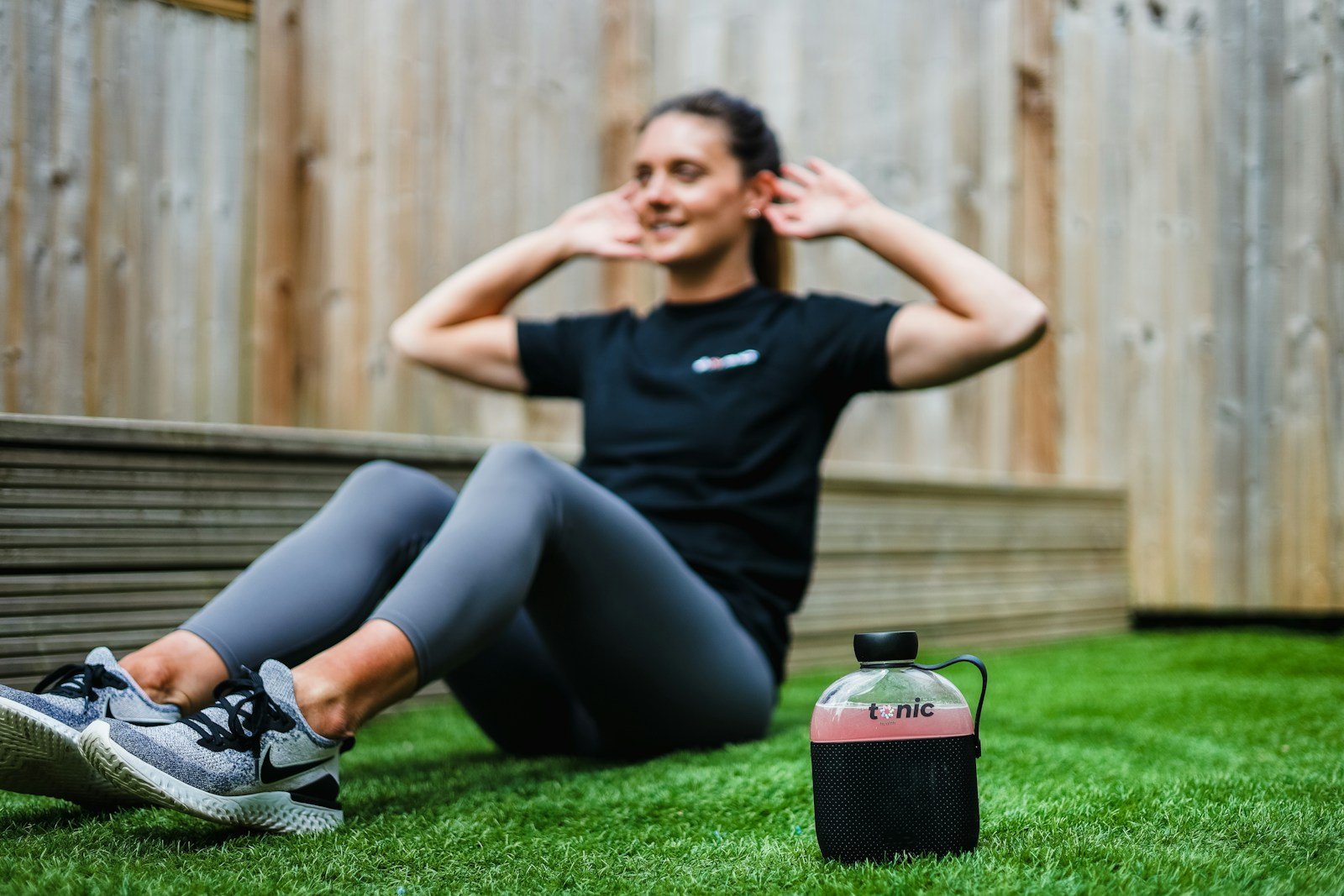Introduction to Home Leg Workouts
Home leg workouts have garnered significant attention for their convenience and accessibility, making them an excellent option for individuals with busy schedules. The ability to perform effective leg exercises at home eliminates the need for a gym membership, thereby reducing costs and travel time. These workouts are designed to fit seamlessly into daily routines, allowing you to exercise at your own pace and on your own time.
One of the primary benefits of home-based leg workouts is the minimal equipment required. Often, exercises can be performed using body weight alone, or with simple tools such as resistance bands or dumbbells. This makes it easy to create a versatile and comprehensive workout plan without the need for expensive or bulky gym equipment.
Moreover, home leg workouts can be done in small spaces, making them ideal for those living in apartments or houses with limited room. The flexibility to exercise in a confined area ensures that everyone, regardless of their living situation, can engage in physical activity to strengthen and tone their leg muscles.
In addition to physical benefits, working out at home offers a level of privacy and comfort that is often missing from public gyms. This can be particularly encouraging for beginners who might feel self-conscious exercising in front of others. The familiar environment of your home can help build confidence and foster a more enjoyable exercise experience.
Overall, the ability to perform effective leg exercises at home offers numerous advantages. It allows for a cost-effective, flexible, and accessible approach to maintaining fitness, making it a viable option for anyone looking to improve their leg strength and overall health. As we explore some of the best leg exercises you can do in the comfort of your home, you will find that achieving your fitness goals has never been more attainable.
Exercise 1: Squats
Squats are a foundational exercise that target multiple muscle groups, primarily focusing on the quadriceps, hamstrings, and glutes. This effective leg exercise not only builds strength but also enhances flexibility and balance. Incorporating squats into your fitness routine can significantly improve your lower body strength, which is essential for everyday activities and athletic performance.
To perform a proper squat, follow these steps:
1. Stand with your feet shoulder-width apart and your toes slightly pointed outward.
2. Keep your chest up and your shoulders back, maintaining a neutral spine.
3. Slowly bend your knees and push your hips back as if you are sitting in a chair.
4. Lower yourself until your thighs are parallel to the ground, ensuring your knees do not extend past your toes.
5. Press through your heels to return to the starting position, squeezing your glutes at the top.
Proper form and technique are crucial to avoid injury and maximize the benefits of squats. Ensure your knees track over your toes and avoid rounding your back during the movement. Beginners may find it helpful to practice squats using a chair for support or by performing wall squats to build strength and confidence.
For those seeking to increase the difficulty, consider adding variations to your squat routine. Incorporating weights, such as dumbbells or a barbell, can intensify the workout and further engage your muscles. Additionally, single-leg squats, or pistol squats, provide an advanced challenge by isolating each leg and improving balance and stability.
By integrating squats into your home workout regimen, you can effectively target key muscle groups in your legs, enhance your overall fitness, and progress toward your strength and conditioning goals.
Exercise 2: Lunges
Lunges are a highly effective leg exercise that not only target the muscles in your legs but also engage your glutes and core. This compound movement is excellent for building lower body strength, improving balance, and enhancing overall body coordination.
To perform a proper lunge, start by standing upright with your feet hip-width apart. Step forward with one leg, lowering your hips until both knees are bent at about a 90-degree angle. Ensure that your front knee is directly above your ankle, and your back knee is hovering just above the floor. Keep your upper body straight, shoulders relaxed, and gaze forward to maintain proper alignment.
It’s crucial to focus on your foot placement and body alignment to maximize the benefits and minimize the risk of injury. Your front foot should remain flat on the ground, while the ball of your back foot supports your weight. Engage your core throughout the movement to maintain stability and balance.
To keep your workouts challenging and engaging, consider incorporating various lunge variations. Walking lunges involve stepping forward with alternating legs, which can add a cardio element to your routine. Reverse lunges, where you step backward instead of forward, can be easier on the knees and can help improve your stability. Side lunges target the inner and outer thighs more effectively, providing a well-rounded leg workout.
By integrating these lunge variations into your fitness regimen, you can continually challenge different muscle groups and avoid workout monotony. Lunges, in all their forms, are an essential component of any effective leg exercise routine, offering a versatile and comprehensive approach to lower body conditioning.
Exercise 3: Glute Bridges
Glute bridges are a highly effective leg exercise that targets the glutes, hamstrings, and lower back. This exercise is particularly beneficial for those looking to improve their lower body strength, stability, and flexibility without the need for extensive equipment. By consistently incorporating glute bridges into your workout routine, you can enhance muscle tone and endurance, contributing to overall lower body health and performance.
To perform a standard glute bridge, follow these steps:
1. Lie on your back with your knees bent and feet flat on the floor, hip-width apart. Place your arms at your sides with palms facing down.
2. Engage your core muscles and squeeze your glutes.
3. Lift your hips toward the ceiling, creating a straight line from your knees to your shoulders. Ensure your feet and shoulders remain firmly planted on the ground.
4. Hold the elevated position for a few seconds, focusing on maintaining muscle tension in your glutes and hamstrings.
5. Slowly lower your hips back to the starting position, maintaining control throughout the movement.
Common mistakes to avoid include arching your back excessively, allowing your knees to splay outward, and failing to engage your core. These errors can reduce the effectiveness of the exercise and increase the risk of injury. Pay close attention to your form and make adjustments as needed to ensure you are performing the movement correctly and safely.
For those seeking to increase the intensity and effectiveness of glute bridges, advanced variations like single-leg glute bridges can be incorporated. To perform a single-leg glute bridge, follow the same steps as the standard version, but lift one leg off the ground, keeping it extended while performing the bridge. This variation places additional emphasis on each leg individually, enhancing muscle activation and strength.
Exercise 4: Step-Ups
Step-ups are a highly effective leg exercise that significantly enhance leg strength, balance, and coordination. By mimicking the natural movement of climbing stairs, step-ups engage multiple muscle groups in the lower body, including the quadriceps, hamstrings, glutes, and calves. This makes them an excellent addition to any home workout routine targeting effective leg exercises.
To perform step-ups correctly, you will need a stable platform such as a sturdy bench or step. Begin by standing upright with your feet hip-width apart. Place your right foot firmly on the platform, ensuring that your entire foot is in contact with the surface to maintain stability. Push through your right heel to lift your body onto the platform, bringing your left foot up to meet the right. Make sure to maintain good posture throughout the movement, keeping your back straight and core engaged. Step down carefully with your left foot first, followed by your right foot, returning to the starting position. Repeat the movement, alternating the lead foot with each step to ensure balanced muscle development.
There are several variations of step-ups to accommodate different fitness levels and goals. For beginners, starting with a lower platform height can help build confidence and strength. As you progress, you can increase the height of the step to further challenge your muscles. Adding weights, such as holding dumbbells or wearing a weighted vest, can also intensify the workout and promote greater muscle growth. Another variation is the lateral step-up, where you step onto the platform from the side rather than the front, targeting the muscles from a different angle.
Incorporating step-ups into your routine not only fortifies leg strength but also enhances balance and coordination, making it a well-rounded exercise suitable for various fitness levels. Whether you are a beginner or an advanced fitness enthusiast, step-ups provide a versatile and effective way to strengthen your lower body at home.
Exercise 5: Calf Raises
Calf raises are a fundamental exercise for strengthening the calf muscles, specifically targeting the gastrocnemius and soleus muscles. These muscles play a crucial role in overall leg stability and are essential for movements such as walking, running, and jumping. Regularly incorporating calf raises into your workout routine can enhance muscle endurance and support ankle stability, reducing the risk of injuries.
To perform calf raises, follow these steps:
1. Stand upright with your feet shoulder-width apart. If you wish to use weights, hold a dumbbell in each hand, letting your arms hang naturally by your sides.
2. Slowly lift your heels off the ground, rising onto the balls of your feet. Focus on engaging your calf muscles and maintaining balance.
3. Hold the raised position for a brief moment, then gradually lower your heels back to the starting position.
4. Repeat this movement for 12-15 repetitions, performing 2-3 sets depending on your fitness level.
For added intensity and to further challenge your calf muscles, consider the following variations:
Single-Leg Calf Raises: Perform the exercise on one leg at a time to increase the load on each calf muscle. This variation also enhances balance and coordination.
Using a Step: Stand on a step or a raised platform with your heels hanging off the edge. This variation allows for a greater range of motion, providing a more intense stretch and contraction of the calf muscles.
Incorporating these variations can help prevent workout monotony and promote continuous muscle growth. By regularly practicing calf raises and their variations, you can achieve more effective leg exercises, leading to stronger, more stable lower limbs.
Creating a Balanced Leg Workout Routine
Incorporating effective leg exercises into a cohesive workout routine is essential for achieving balanced muscle development and preventing injuries. When structuring your leg workout, aim for a combination of strength, endurance, and flexibility exercises. Begin each session with a warm-up to prepare your muscles and joints, and conclude with a cool-down to aid recovery.
A well-rounded leg workout can include the following exercises: squats, lunges, calf raises, leg lifts, and glute bridges. To maximize the benefits, perform three sets of each exercise, with 12-15 repetitions per set. Adjust the repetitions based on your fitness level, gradually increasing as you build strength and endurance.
Squats are a fundamental movement that targets the quadriceps, hamstrings, and glutes. For lunges, which also engage the quads and glutes, alternate between forward and reverse variations to provide a comprehensive workout. Calf raises focus on the gastrocnemius and soleus muscles, essential for enhancing lower leg strength.
Leg lifts, both standing and lying, are excellent for working the hip flexors and lower abs. Glute bridges, on the other hand, primarily target the gluteus maximus while also engaging the core and hamstrings. As you progress, consider adding weights or resistance bands to increase the intensity of these exercises.
Ensuring proper form is crucial to prevent injuries and maximize the effectiveness of each exercise. Always start with a dynamic warm-up, such as leg swings or marching in place, to increase blood flow and flexibility. After completing your workout, perform static stretches like hamstring stretches or calf stretches to aid muscle recovery.
Incorporate rest days into your routine to allow your muscles to repair and grow. Typically, aim for at least one rest day after every two consecutive workout days. By following these guidelines, you can create a balanced leg workout routine that promotes strength, flexibility, and overall fitness.
Conclusion and Motivation
Incorporating effective leg exercises into your home workout routine can significantly enhance your overall fitness and mobility. Throughout this article, we have explored a variety of exercises that require minimal equipment yet offer maximum benefits. From squats and lunges to step-ups and calf raises, each exercise targets specific muscle groups, ensuring a comprehensive lower body workout.
One of the primary advantages of these exercises is their accessibility. Without the need for a gym membership or expensive equipment, you can perform these exercises in the comfort of your own home. This convenience makes it easier to maintain a consistent workout routine, which is crucial for achieving long-term fitness goals.
Staying motivated can sometimes be a challenge, but setting clear, achievable goals can make a significant difference. Tracking your progress, whether through a fitness journal or app, can provide tangible evidence of your improvement and keep you motivated. Additionally, incorporating variety into your workouts can prevent boredom and keep your routine engaging.
For further guidance and support, consider exploring online workout videos or fitness apps. These resources can offer structured workout plans, demonstration videos, and even virtual trainers to help you refine your technique and stay on track. Communities and forums related to fitness can also provide a sense of camaraderie and encouragement, helping you stay committed to your regimen.
Remember, the key to success is consistency. By integrating these effective leg exercises into your home workout routine, you are taking a significant step towards improved strength, endurance, and overall well-being. Stay committed, stay motivated, and enjoy the journey towards a healthier, more active lifestyle.



